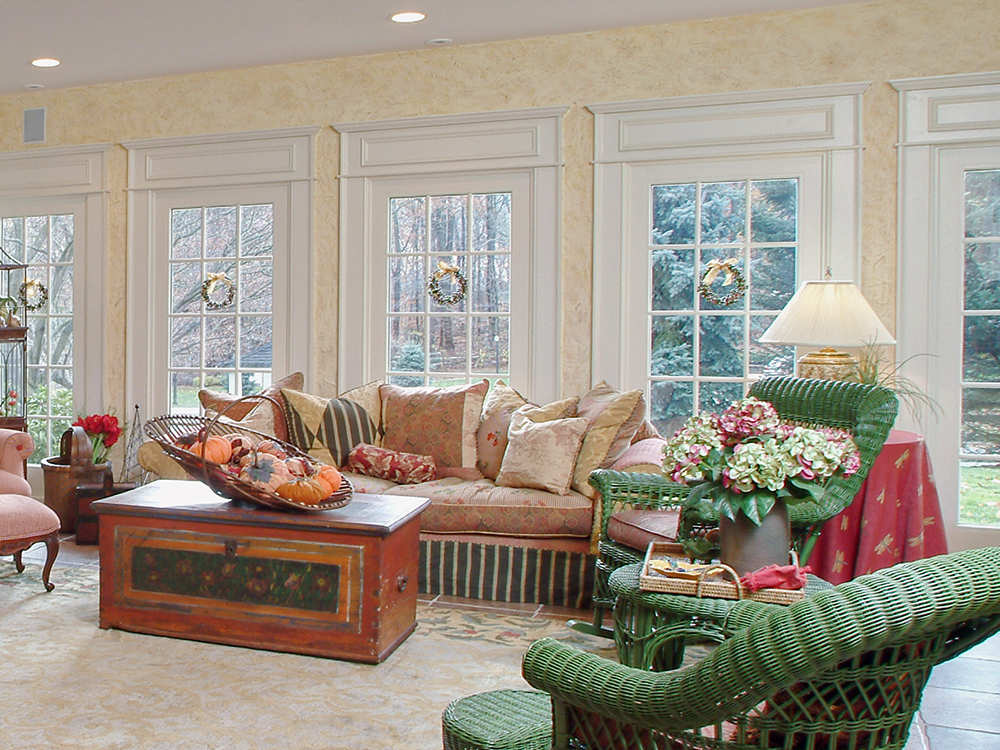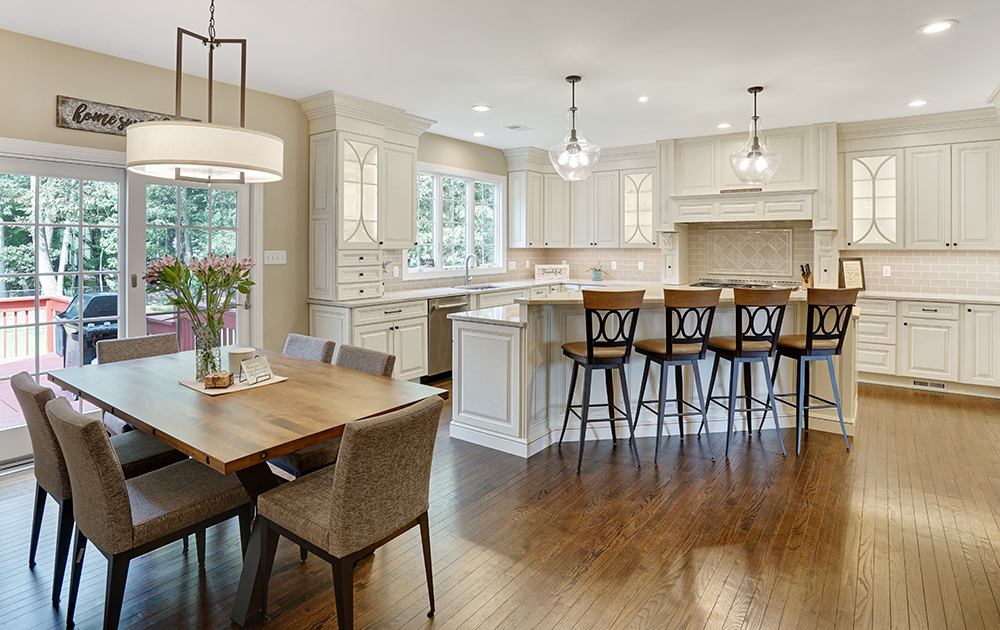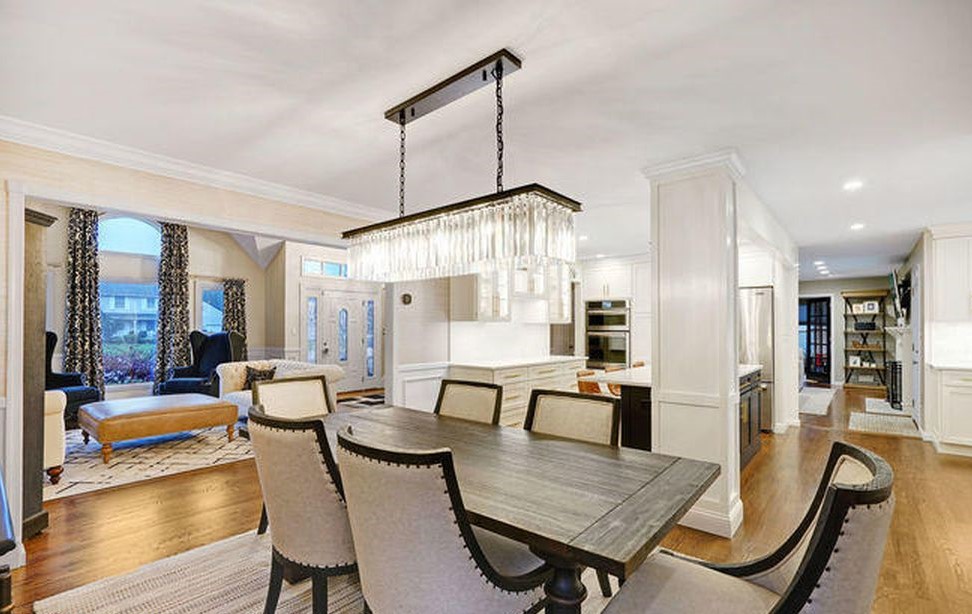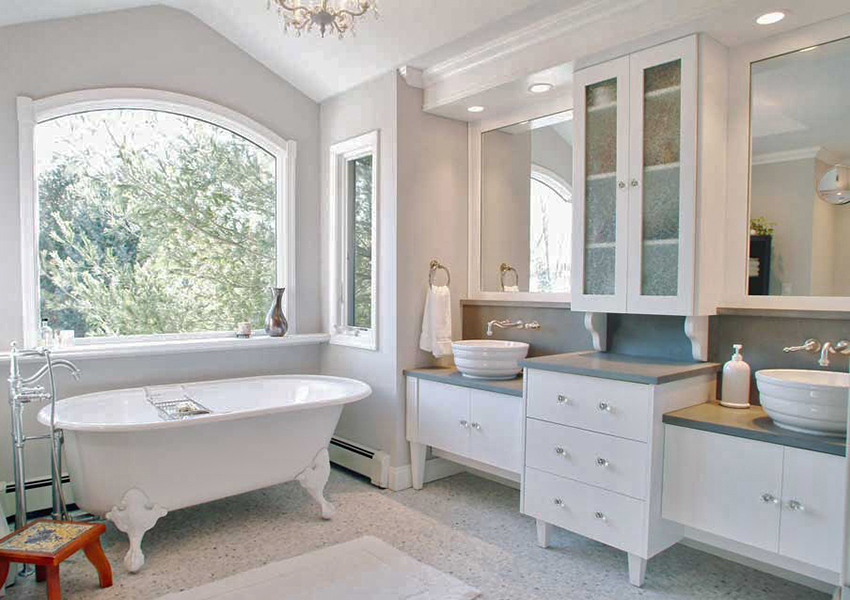You take a lot of care with every aspect of your home’s appearance: room layout, furniture selection, artwork displayed, and the colors the walls are painted. But if you overlook the kinds of light fixtures in a room, then nothing else can be fully appreciated because it’s all hidden in the shadows.
Proper lighting influences the entire atmosphere of a room. Not only that, it’s also an important factor in the energy efficiency of your home.

Four kinds of light fixtures to consider
Ambient lighting provides overall illumination and is best when it comes from several sources, including table lamps, ceiling fixtures, and natural light from windows.
Task lighting is additional lighting focused on a specific area to make it easier to perform tasks like doing homework or food preparation.
Accent lighting draws attention to certain elements within a room and defines spaces. It often is used to focus on artwork and create dramatic effects with light and shadow.
Decorative lighting is any light fixture that adds aesthetic appeal in addition to functional light, with the purpose of enhancing the style of a room.
It’s important to combine and “layer” these types of lighting so you’ll never have only one source of light in any room. It will help create exactly the ambiance you’re hoping for throughout your home.
Kitchen

The kitchen requires a flexible lighting plan because of the many activities in the room. Overhead lighting, whether a hanging fixture or recessed lights, provides essential ambient lighting should be grouped so you can brighten things up when you have extra helpers in the kitchen. Under-cabinet fixtures are great task lighting for detail-oriented chores done at the counter. A grouping of pendant lights over the island provides other task lighting for food prep or for serving a buffet. Accent lights highlight the work of your favorite little Rembrandt on the wall.
Dining Room
Since the activity in the dining room is most often focused on the table, the obvious choice is a chandelier or pendant grouping over the table. Make sure it’s not too large and overpowers the room or hangs so low that it interferes with conversation across the table. A dimmer will let you adjust the lighting level depending on whether you’re having a quiet dinner party or using the table for the kids’ homework project.

Bedroom
The bedroom often uses an overhead fixture (or ceiling fan) as the main source of light. Install a dimmer switch so you can make adjustments to control the softness or brightness of the light. Task lighting typically takes the form of small lamps on bedside tables and can also set off a cozy corner for late-night reading or enjoying early morning coffee.
Bathroom
The bathroom should be a well-lit space and remember that mirrors will reflect light throughout the room. A pair of sconces or a fixture above each sink will usually give appropriate light for most tasks such as shaving and applying make-up. Chandeliers are often used to add an extra touch of elegance.

Having lights on a dimmer switch can create a more relaxing, spa-like atmosphere in the evening, while still letting you have more light when needed. Don’t forget a light in the shower and a night light so you don’t have to flip on any bright lights in the middle of the night.
No matter how much time or resources you devote to making your home beautiful, when you don’t take the kinds of light fixtures into consideration, you’re missing an important element. If you’re remodeling, it’s something to think about from the start. Talk to us about how you can have the perfect lighting plan for every room!
